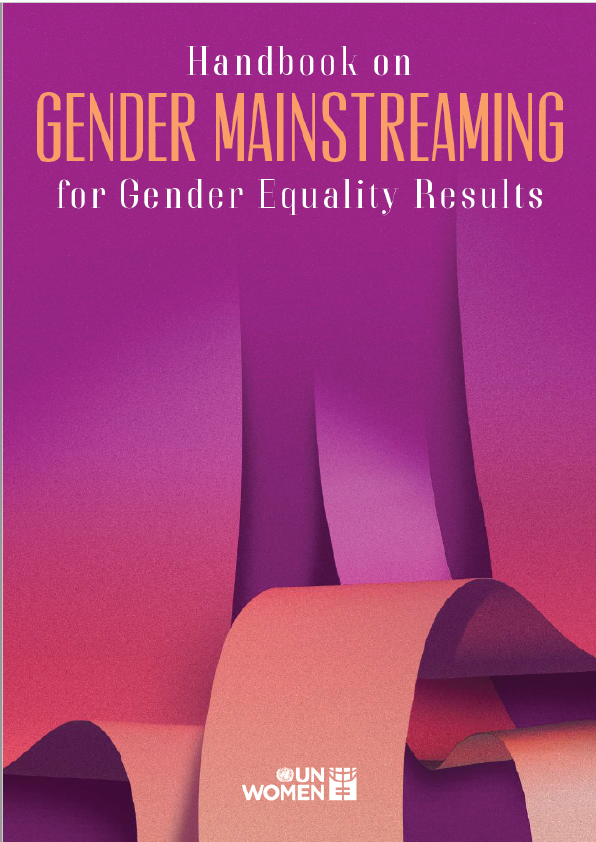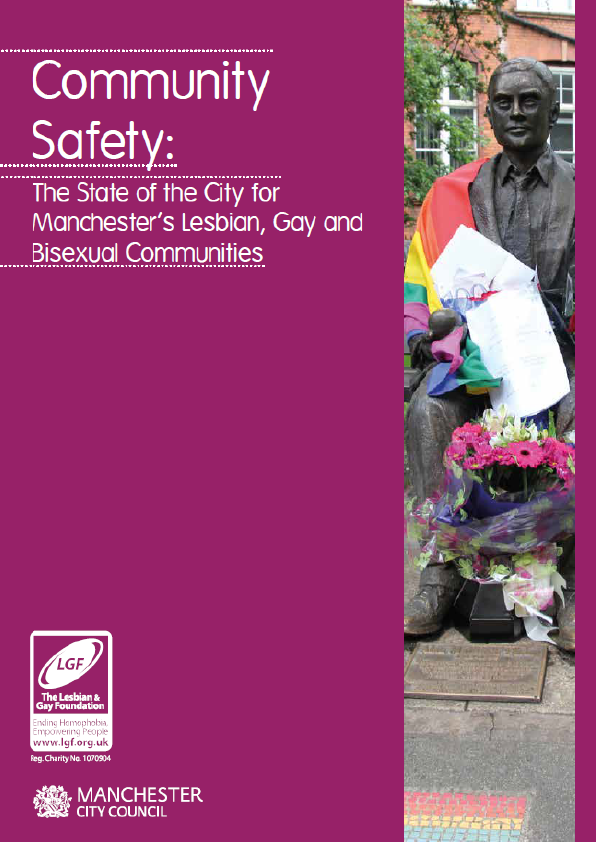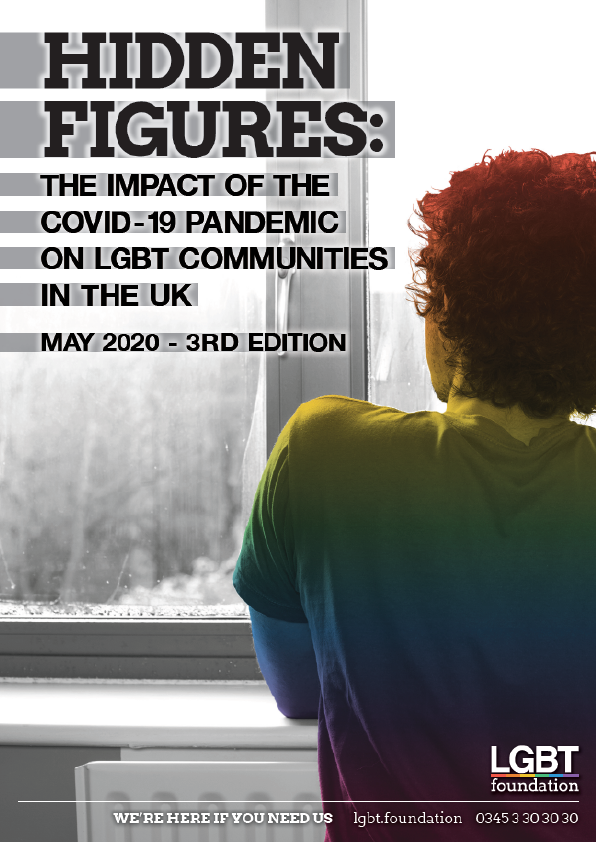KEY CONCEPTS AND TERMINOLOGY
GENDER
The concept of ‘gender’ was developed when the limitations of focusing exclusively on women became clear. Based on the understanding that the status and situation of women was closely related to their relationships with men, the concept of ‘gender’ provided a means to ensure a stronger focus in development policies and practice on women’s empowerment, women’s human rights, and substantive equality between women and men. It brought increased attention to gender biases and highlighted issues of potential discrimination and denial of rights in development policy, practice, outcomes and results. Definitions of gender, such as the one in the box below, are commonly used in development policy and practice, and should be understood in its historical context, mentioned above.
GENDER EQUALITY
Achieving gender equality and women’s rights and empowerment must be the explicit focus of all efforts to implement gender mainstreaming and assess its impact on development policy and practice. Efforts must go beyond a ‘do no harm’ approach, ensuring that development policies and practice do not maintain or exacerbate inequalities, discrimination, and exclusion.
GENDER MAINSTREAMING
Effective and systematic use of the gender mainstreaming strategy, and achievement of gender equality and women’s rights and empowerment, is essential for positive development outcomes in all areas. Gender mainstreaming should be an integral part of the work of all practitioners in development policy and practice. Successful use of gender mainstreaming requires a sound understanding of the purpose of the strategy – the achievement of gender equality and women’s rights and empowerment – as well as of the methodologies and tools for effective implementation.
Central principles of gender mainstreaming:
• It is a strategy focused on achieving the goal of gender equality;
• The strategy is relevant for, and should be utilized in, all sectors and policy areas;
• The strategy requires explicit attention to both women and men, and diverse gender identities, ensuring that they can participate in, influence, and benefit from development policy and practice;
• Successful implementation requires that the knowledge, concerns, priorities, experiences, capacities and contributions of women, men, and gender-diverse people are made an explicit and integral part of all policy and planning processes, to inform and influence the direction of policymaking, planning and outcomes.











